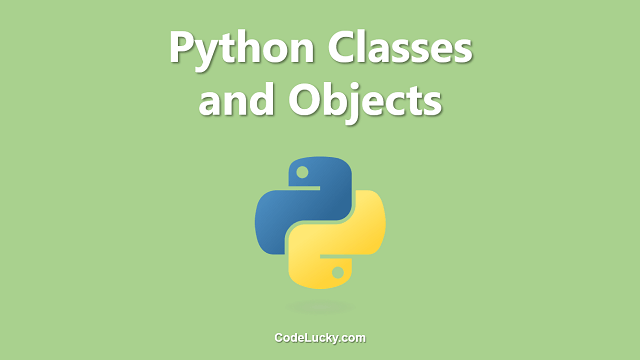In Python, the term ‘None’ keyword is often used to represent the null value. To understand the concept of ‘None’ keyword, we first need to understand what null values are. Null values are often used to represent the absence or undefined values in programming languages. In Python, ‘None’ is used as a placeholder for such values. When a variable is assigned to ‘None’, it signifies that it does not refer to any object.
Python uses the keyword ‘None’ to indicate null values. The None keyword is case sensitive and can only be written in lowercase letters. It belongs to a class called NoneType and can be compared to other NoneType objects. NoneType objects are used as a return type in functions that do not return anything, and also as a default value in function parameters.
In this article, we will understand the concept of ‘None’ keyword in Python with the help of some examples. We will also learn about the various ways in which we can check for null values in Python.
The Basics of None Keyword in Python
Variables can be assigned to the None keyword to represent null values. Once assigned, the variable becomes null and is not assigned to any object. Also, ‘None’ is a singleton object, which means that there can only be one ‘None’ object in the program.
a = None print(a)
The output of the above code snippet will be:
None
We can also check if a variable is assigned to None using the ‘is’ operator. The ‘is’ operator in Python checks if two variables refer to the same object. When applied to ‘None’, it checks if the variable is assigned to None or not.
a = None print(a is None) # True b = 'test' print(b is None) # False
The output of the above code snippet will be:
True False
Checking for Null Values in Python
There are several ways in which we can check for null values in Python. Some of the most commonly used methods are discussed below:
Using the ‘is’ operator
We can use the ‘is’ operator to check if a variable is assigned to None.
a = None
if a is None:
print('The variable is Null')
else:
print('The variable is not Null')
The output of the above code snippet will be:
The variable is Null
Using the ‘== ‘ operator
We can also use the ‘==’ operator to compare the variable with None. The ‘==’ operator in Python checks for equality between two objects, and when used to compare a variable to None, it checks if the variable is assigned to None.
a = None
if a == None:
print('The variable is Null')
else:
print('The variable is not Null')
The output of the above code snippet will be:
The variable is Null
Using the if statement
We can use the if statement to check if a variable is assigned to None.
a = None
if not a:
print('The variable is Null')
else:
print('The variable is not Null')
The output of the above code snippet will be:
The variable is Null
Using the ‘type’ function
We can also use the ‘type’ function to check if a variable is assigned to None. The ‘type’ function in Python is used to return the type of an object.
a = None
if type(a) == type(None):
print('The variable is Null')
else:
print('The variable is not Null')
The output of the above code snippet will be:
The variable is Null
Using None as a Default Value in Function Parameters
We can use the ‘None’ value as a default value in function parameters. When a function is called with arguments, the arguments are passed to the function as parameters. If the parameters are not passed, the default value is used. In the below example, we have defined a function that takes two parameters, one of which has the default ‘None’ value.
def test_function(a, b=None):
if b is None:
print('The value of b is Null')
else:
print(f'The value of b is {b}')
test_function(10) # The value of b is Null
test_function(10, 20) # The value of b is 20
The output of the above code snippet will be:
The value of b is Null The value of b is 20
Conclusion
‘None’ keyword in Python is used to represent null values. It belongs to a class called NoneType and can be compared to other NoneType objects. It is often used as a default value in function parameters and as a return type in functions that do not return anything. We can check for null values in various ways, such as using the ‘is’ operator, ‘==’ operator, if statement or the ‘type’ function. Understanding the concept of ‘None’ keyword is essential for writing efficient Python code.







